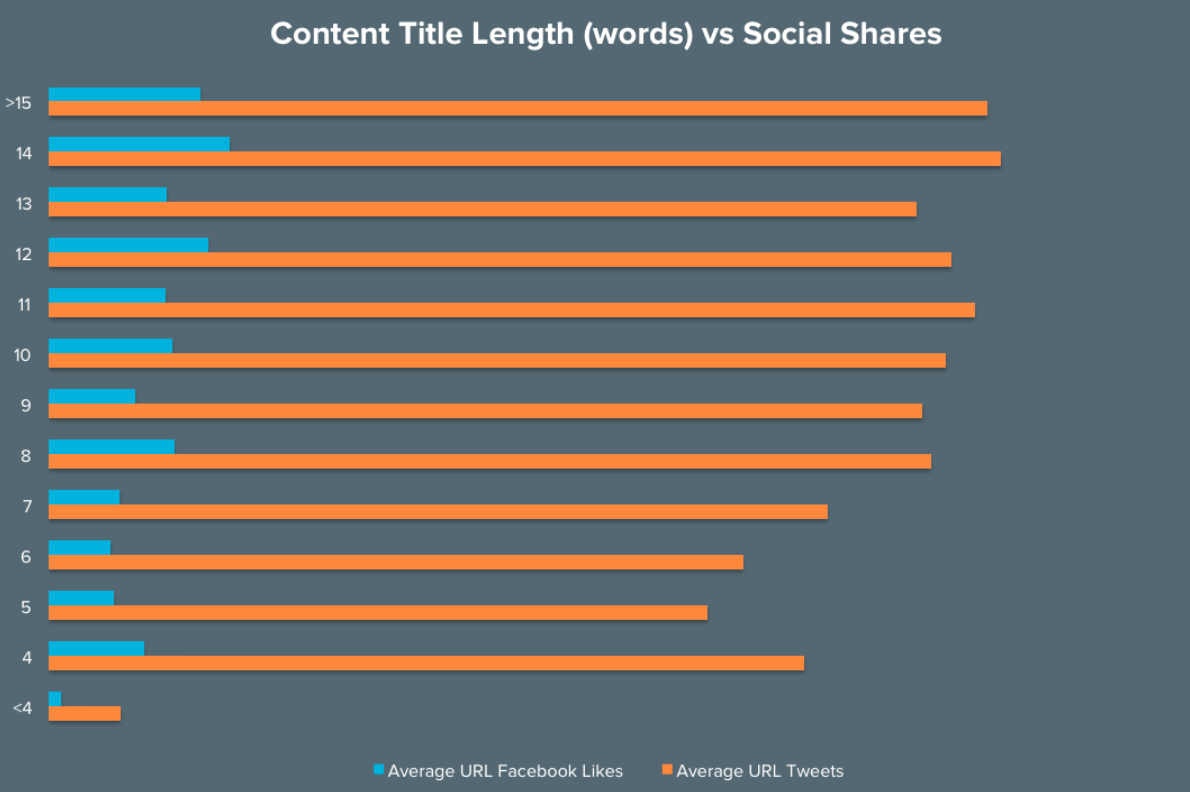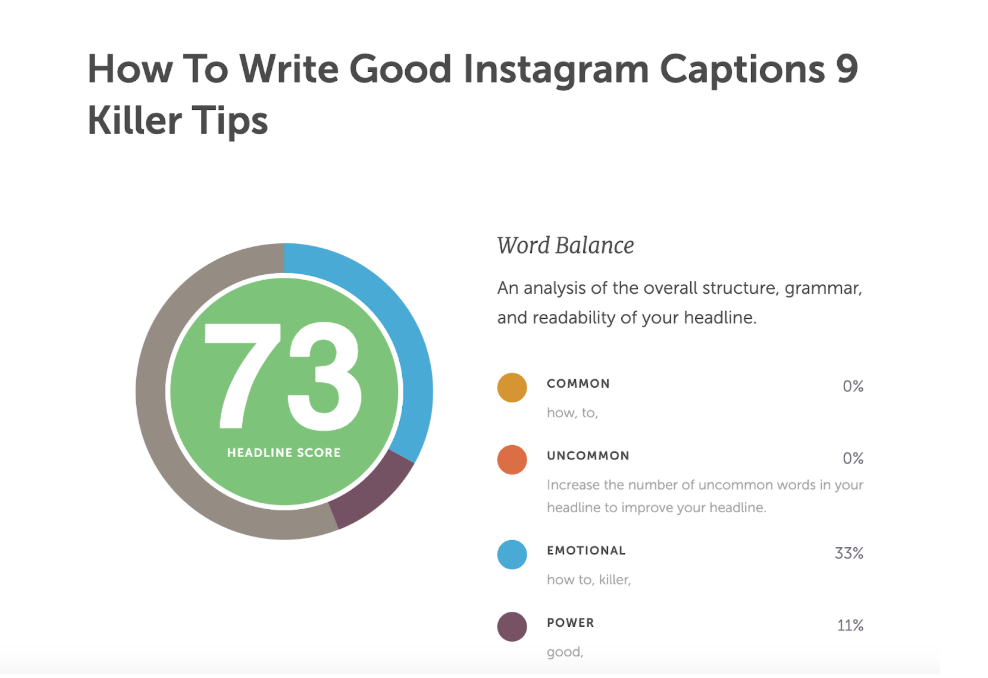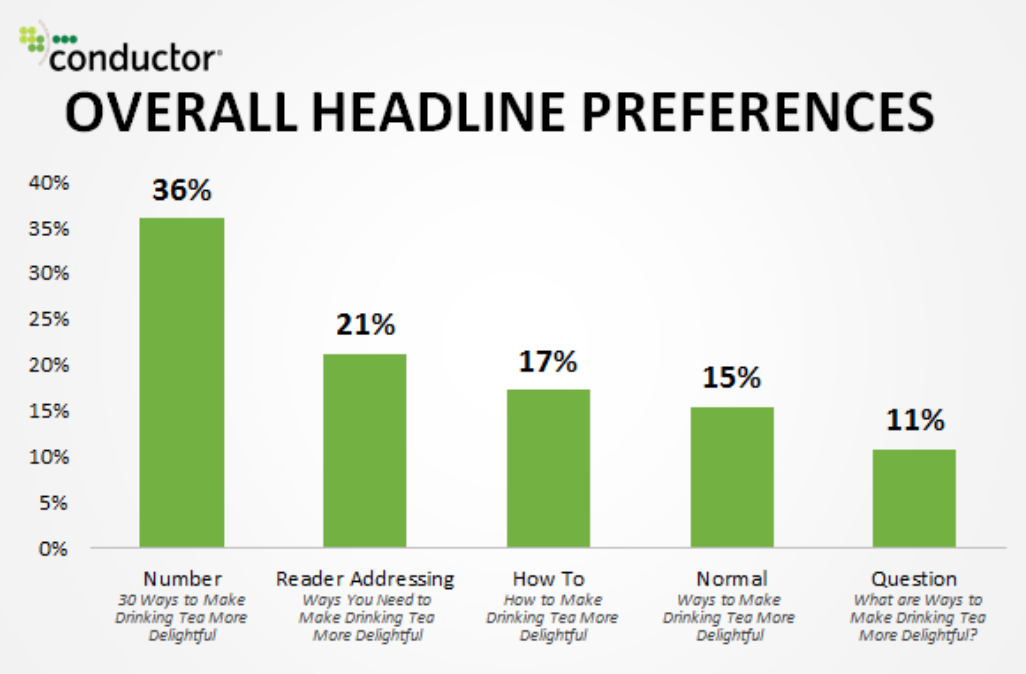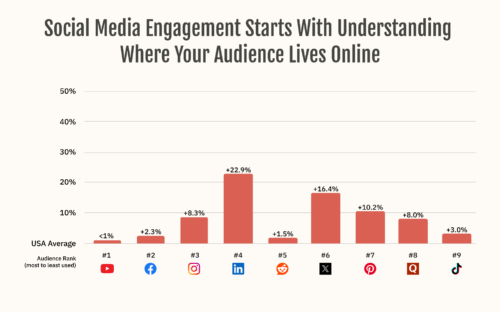Article's Content
If a tree falls in the woods and there is nobody around to hear it, did it happen?
Well, if you create the best blog post ever written and nobody clicks on your title to read it, did you even write it?
Blog titles are the first part of a post that your audience will notice and the part that is responsible for getting them to click-through and read the rest.
They’re frequently what readers use when they share your blog post, meaning that any time they enjoy your content enough to share it with their peers, it’s the part of the content that followers will see. Thus—a successful blog post starts with a killer blog title.
But, it would be best if you sparked interest, emotion, and curiosity in your audience to make your blog title as intriguing as possible.

Readers often choose whether or not to read your post, based on the title alone. And if you have a not-so-hot title, nobody’s going to be intrigued to read more.
So you must invest the right amount of time and energy when creating your title.
According to Copyblogger, 8 out of 10 people will read a title, but only 2 out of 10 will click on it and continue reading.
Your headline is the first (maybe only) impression you make on a reader. The good news is that creating titles is a skill you can learn and hone to perfection.
To get the full success of content marketing, you need to write a blog title that people will feel excited about clicking. Titles can be what makes a blog post successful. They represent it in SERPs, emails, and social media.
Do you want to become a blog title writing pro?
Here are four tips that can help you get there:
Do proper keyword research
Keyword research plays an essential factor in determining whether your blog post will be a hit, or a miss. Therefore it’s critical to have strong titles that not only produce clicks but also are optimized for strong search engine rankings.
By doing keyword research, you’ll be able to learn a lot more about which topics are best to target—and how your audience is actually searching for them.
When creating a blog title, one of your goals should be that it can actually be found online.
But getting found isn’t the only important thing. The title needs to entice people to click-through to read the actual post.
To find those keyword variations, head over to your keyword research tool of choice (Ahrefs / Moz / SEMRush) to see what people are searching about your topic. Pay attention to the phrases used and monitor other terms associated with your keyword.
You can find lots of great keyword ideas, analyze how difficult it’ll be to rank them, and determine their traffic potential.
To get started with keyword research in Ahrefs in particular, you need to access the Keyword Explorer.
After searching for your keywords, you’ll land on the overview page with all of the data available for the specific keyword. You’ll be able to see details like Keyword Difficulty, Search Volume, Clicks, and Global Volume. This information will help you measure how often the keyword is being used, along with the trends and countries where the volume is high. This tool helps you determine how easy, or hard, it will be to rank in the search results for a keyword. It does this by calculating a Keyword Difficulty score of 1 to 100, with 100 being the hardest.

Finding the right keyword is like searching for Waldo. It takes time to find it.
Content creators tend to use specific long-tail keywords, phrases, or questions when researching. Long-tail keywords are less popular and high-focused search queries that can pay off.
Long-tail keywords often come with longer word counts. This usually makes them more specific than searches with fewer words. For example, “Italian restaurants near me that have gnocchi” is an example of a long-tail keyword, whereas “Italian restaurants” is a head term. And these types of keywords makeup 70% of all search traffic and can help you have successful SEO.
Make sure your goal is to offer as much value as you can with the content that comes from your keyword research. So you can never go wrong by offering as much value as possible.
Keep it short
It’s a good idea to keep your title below Google’s display limit of 60 characters so it won’t get cut off in the search engine results page. If you keep the title under 60 characters, Moz suggests that you can expect about 90% of your titles to display correctly.
But one blog post can have numerous titles like:
- The page title: A clickable title of a webpage that shows within the results of the SERP.
- The meta title: It is the title of a web page as shown in the page’s HTML code.
- A custom social media title: A catchy title that doesn’t necessarily mean using keywords.
For those that want to optimize their blog title for social media, headlines that are 8-12 words got the most shares from Twitter. And for Facebook, titles with 12 or 14 more got the most likes. But according to Outbrain, titles with eight words had a 21% higher CTR than the average title.

To capture your audience’s attention, short and informative titles that indicate the blog post’s topic in a short amount of time work well. A reader should be able to understand the purpose of your blog post with a glance, so a short title is likely to be better than a complex title.
Readers often skim search engine results. Having a short title can grab somebody’s attention.
You want to have a compelling title that is short enough to convey the best message possible.
You want to be concise and descriptive yet short.
In testing over 3 million headlines, Hubspot noticed that titles that give readers more information about the type of content format they’re receiving (i.e., putting [Interview] or [Template] in the title) performed 38% stronger than those that didn’t include that information.
Don’t bore your audience. Shorter titles get straight to the point. And you will keep it in mind if you’re serious about wanting good content.
Use power words
The title of your blog is the first thing seen by readers and within the short seconds, you’ve got to entice them to click and read through the whole blog post. But, many content creators face difficulty when writing a blog title.
One common reason is the lack of exciting words in the title. And to get over this hurdle, you have to incorporate power words in your titles if you want to gain more attention and better click-through rates.
Power words are phrases well-known for sparking action. Examples include: bold, simple, detailed, free, and jaw-dropping.
These words can help trigger an emotion or CTA without much content. And they’re called power words because they are so persuasive that readers cannot resist being influenced by them.
People connect to emotions. Research shows that content that evokes emotion is more likely to be viewed than those that aren’t emotionally charged.
Research from Harvard Business Review found that curiosity is one of the most potent triggers for virality. Given that we can have a difficult time not being curious, the use of powerful words can make it impossible for us not to click a blog title and read on.
If a title doesn’t sound appealing in a Google search, do you want to learn more? No, you wouldn’t.
Allow me to introduce you to something great, CoSchedule’s Headline Analyzer. It’s a free tool that will assess the quality of your post title and give you ideas on how to strengthen it for the better.
The Headline Analyzer will take into account the length, grammar, and readability of your proposed headline.

Though the idea of a power word can be confusing, it can refer to a phrase instead of one word. For example, a popular phrase is “get more” as it implies urgency.
If you want to persuade your audience to take action, it becomes necessary that the title will be appealing and immediately draw attention.
Incorporate numbers into the title
Headlines work best when they’re detailed, and one way to be precise is to incorporate numbers into your blog title.
In a study from Conductor, they found that people prefer headlines that have numbers over other types of headlines by a large margin.

Research shows that we should be using odd numbers as well. Outbrain and Hubspot, found that titles with odd numbers get 20% more clicks than titles with even numbers.
Numbers intrigue readers. For example, if you mention “seven ways”, readers will want to know what they are and click-through.
Lower numbers work better. They promise a short post, with easy to digest content and information. Bigger numbers can be useful if you want to do your post in installments, as most people don’t want to read a very long post.
And whatever number you choose, make sure you deliver on the amount of tips, tactics or things you promised.
(You can bet on at least one person checking to make sure you covered all of them).
You do not want to sugarcoat the number promised, but adding in bonus tips is also a great move to get your audience intrigued and excited. Although, having a title that says “10+ ways” can also leave room for more curiosity and excitement.
Whatever number you choose, use a numeral, rather than spell out the number. Numbers stand out and take up less space.
Pulling it all together
Writing titles can be tricky – but these four tips will help you to start writing better titles the right way.
Keyword research will teach about which are the ones to target and how your audience is searching for them. You also want to remember that having a short title can get somebody’s attention, but stay concise and descriptive.
The use of power words in your titles will help you gain more attention and connect to people’s emotions. And don’t forget that numbers intrigue readers, as they will want to know what they are and click-through.
Blog titles are the first thing a reader will see. It is your job to persuade them to click and read the content. I challenge you to incorporate one of these tips into your next blog post title.
The title alone can affect how much success you have. It can set up what is to be expected with the rest of the content. With the proper blog title, it can help boost your traffic, but with the wrong blog title, you can be left scratching your head and figuring out what went wrong.
If you want to crush the blog writing game, download this free list of B2B content title templates and start creating content that drives results.








